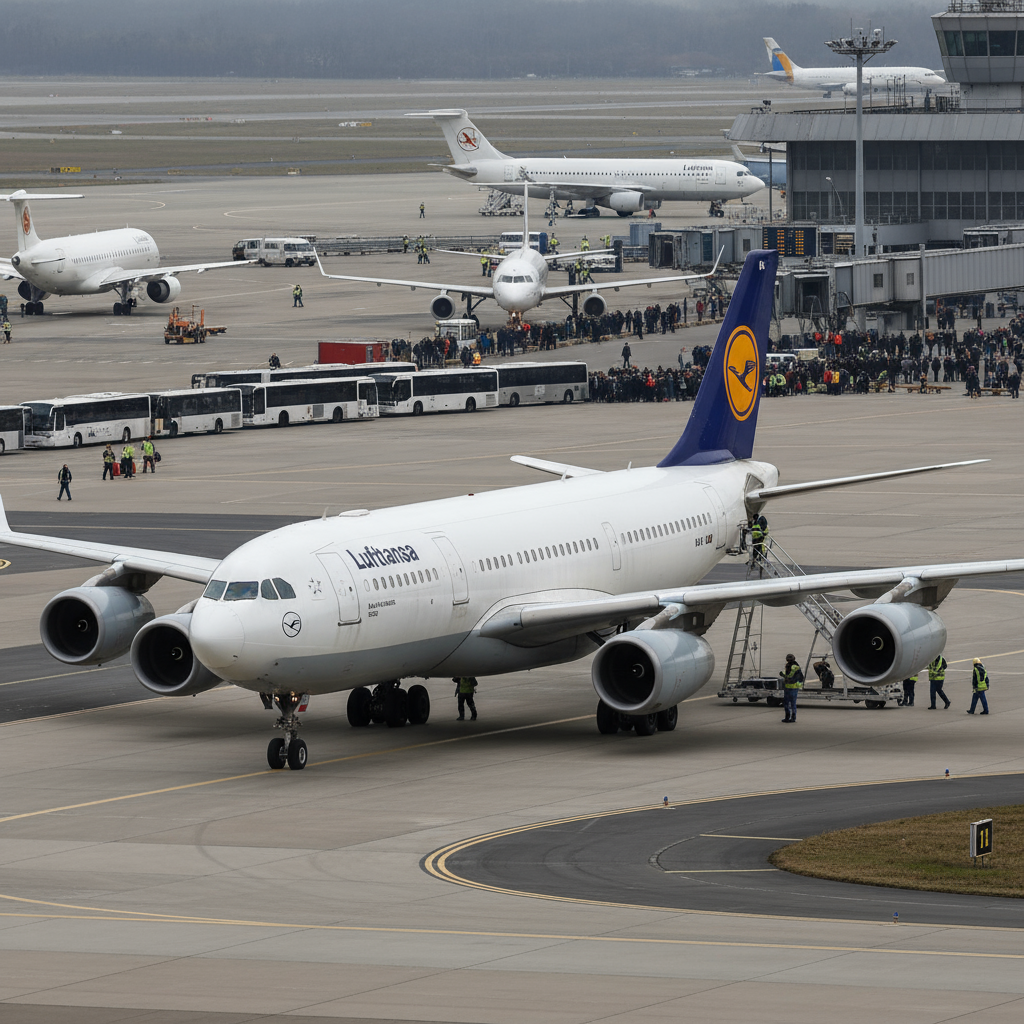Physical Address
304 North Cardinal St.
Dorchester Center, MA 02124
Physical Address
304 North Cardinal St.
Dorchester Center, MA 02124
Global aviation news tracker
Global aviation news tracker

Lufthansa’s aging fleet is dragging on its competitiveness, and analysts say a meaningful recovery could take years.
Lufthansa fleet issues are at the heart of the carrier’s challenge: an older, mixed collection of aircraft types and a complicated operating structure are amplifying costs and limiting agility. Analysts cited by industry briefs argue that without faster fleet renewal and operational simplification the group will struggle to match leaner European rivals on efficiency and unit costs.
Operational complexity is expensive. Multiple aircraft families require diverse spares, training programs and maintenance regimes, and that multiplies overhead. At the same time, older airframes and engines typically burn more fuel and need more frequent shop visits, which erodes margins in an era when rivals are pushing hard on efficiency and low-cost models.
Management faces tough choices: accelerate aircraft orders and retire legacy types, standardize procedures across subsidiaries, or accept a slower, costlier recovery. Each option has trade-offs. Large-scale fleet replacement demands capital and delivery slots. Consolidation of operations requires negotiations with unions and regional operators. Meanwhile, competitors that standardized earlier benefit from lower maintenance and training costs.
For passengers and corporate customers the impacts are tangible: fewer cancellations and delays come from simpler operations, and improved fuel efficiency supports better on-time performance and lower fares over time. For investors, the timeline to restored profitability hinges on execution — and that won’t be instant. Analysts expect any structural improvement to play out over multiple years rather than quarters.
In short, Lufthansa can recover, but the path is neither quick nor easy. Faster aircraft renewal, clearer operating lines across the group, and a focus on standardization will be the main levers. Expect a drawn-out process as the airline balances capital, labor relations and delivery timelines.